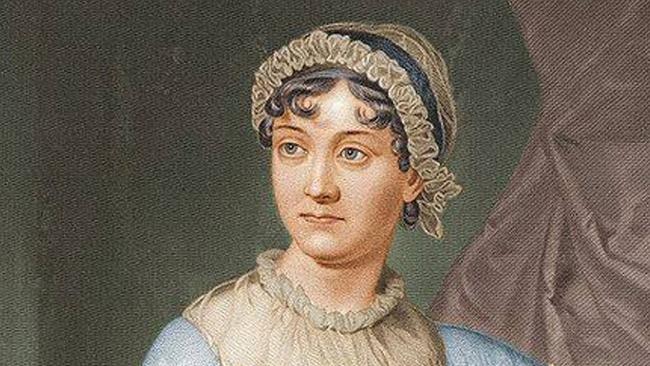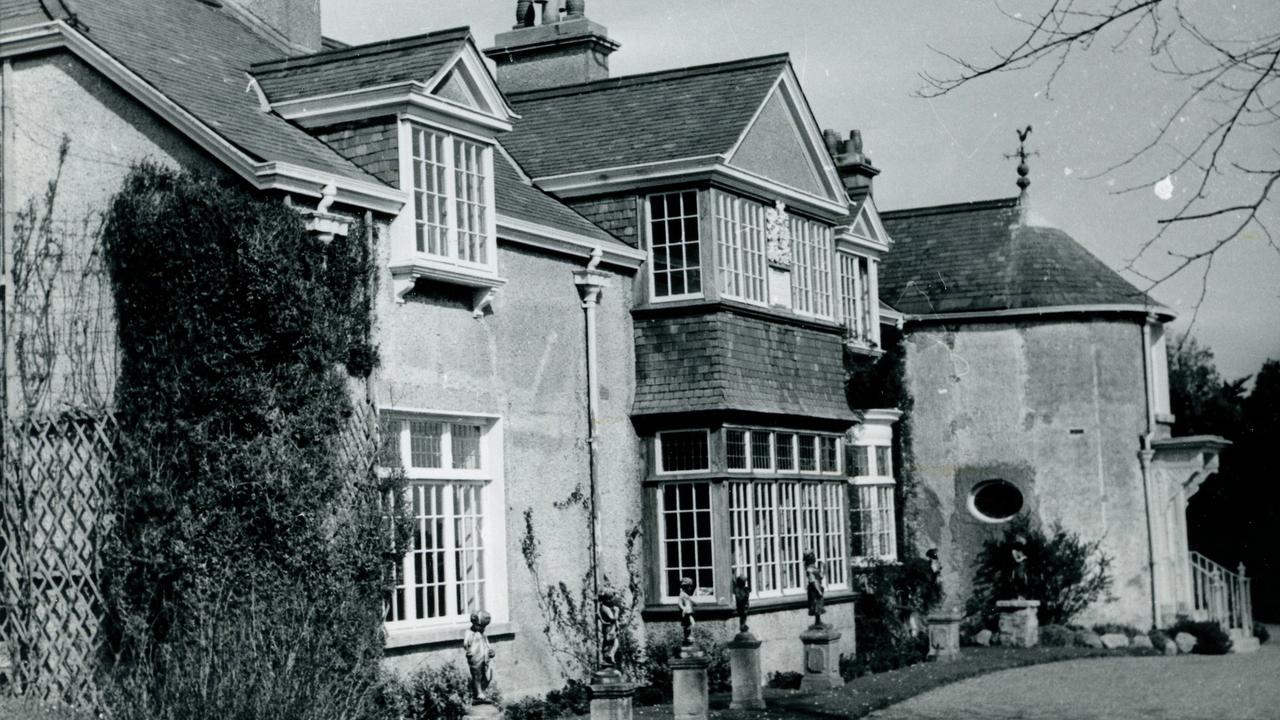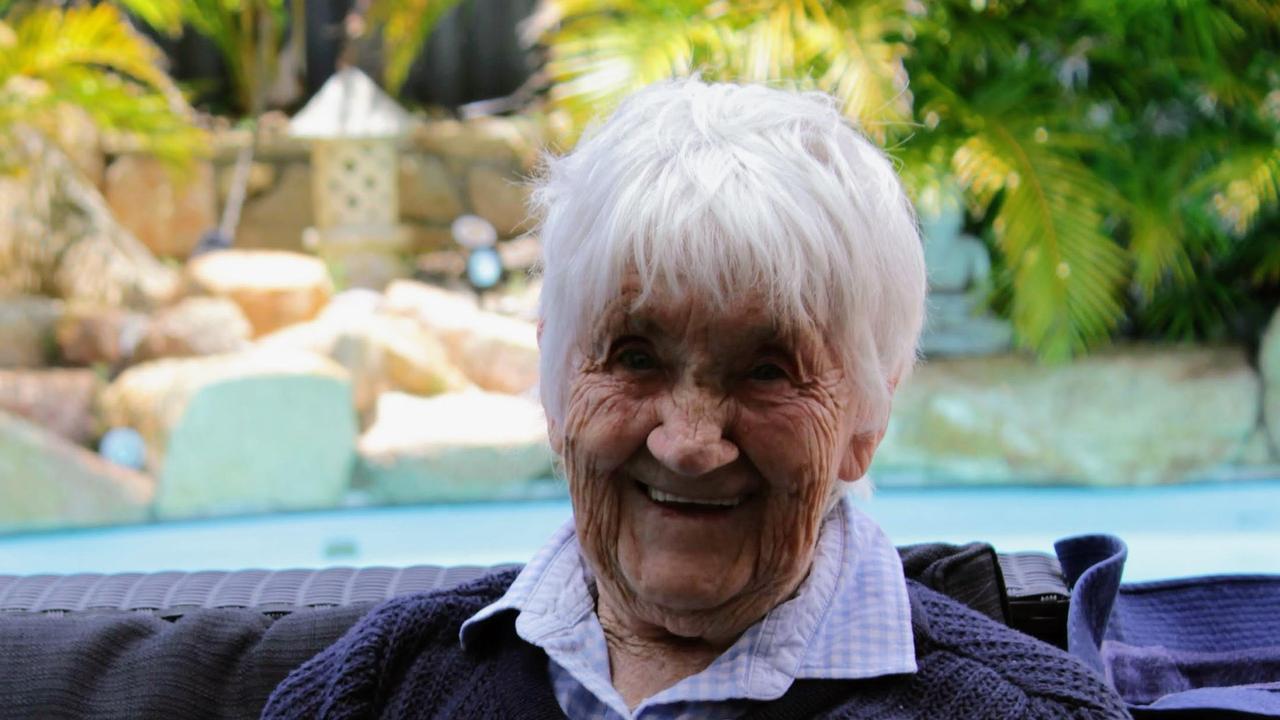Was Mr Darcy the Aussie lover of a teenaged Jane Austen?
Jane Austen’s great love, Wal Walker believes, was the roguish Irish-born Sydney colonial surgeon D’Arcy Wentworth.

Is Malcolm Turnbull linked to Jane Austen? Well, at least geographically if a heart-fluttering claim by an Australian author is true. Austen’s great love, Wal Walker believes, was the roguish Irish-born Sydney colonial surgeon D’Arcy Wentworth.
Walker is convinced that Wentworth, who came to Botany Bay on the Second Fleet, was the flesh-and-blood precursor to literature’s leading man: the tall, handsome, brooding Mr Darcy in Pride & Prejudice.
Walker’s love match is confronting in a modern sense as he believes the height of the relationship was in the late 1780s when Wentworth was in his late 20s and Austen was 13 and 14.
He does not think it was just a girlish crush.
“To put it bluntly, he was screwing her,’’ Walker told The Weekend Australian. “Jane Austen ‘people’ are in fear of recognising it. This will change the whole way Jane Austen is viewed.’’
Susannah Fullerton, president of the Australian Jane Austen Society, laughed at Walker’s suggestive suggestion.
“A teenage Jane Austen in a passionate sexual affair? No!, no!, no!, no!, in capital letters and underlined,’’ she said.
“There is no evidence for that anywhere, in her books or in her letters. There is no evidence she even met him, let alone knew him or fell in love with him.
“She was the daughter of a parson. Getting a wedding ring on the finger came first; sex happened after that.’’
Wentworth (1772-1827) was involved in the Rum Rebellion that deposed governor William Bligh. He had several children by different women but acknowledged William Charles Wentworth as his eldest.
That son went on to become an explorer, crossing the Blue Mountains with William Lawson and Gregory Blaxland.
The federal seat of Wentworth, occupied by the Prime Minister, is named after him.
When Austen died 200 years ago, on July 18, 1817, aged 41, she was a spinster. This unworldly, unromantic image of her has persisted despite the biting passion of her novels. Any record of her own passions was largely lost when her family destroyed most of her letters. Other historians have suggested the family wanted to cover up something. This gap between the emotion of Austen’s novels and the seemingly ordinary life of the woman who wrote them has led to intense speculation over her love life, but Walker’s Wentworth claim is the first Australian connection.
“She couldn’t have written those books without experiencing a love affair,’’ he said.
If Walker is right, it doesn’t make Wentworth, a gambler who fled England to dodge a highway robbery charge, guilty of another crime. The age of consent in England was 12 until 1875, when it was raised to 13. Wentworth arrived in Sydney in 1790.
Walker believes Wentworth first met Austen when she was 10, at her school in Reading.
“There was no romance, but he kissed her hand.’’
Walker, a descendant of the Wentworths, says he has no explicit evidence to prove the antipodean doctor was Austen’s “missing love”.
He bases his book, Jane & D’Arcy, on research into both their lives and a detailed reading of Austen’s writing. He not only insists that “D’Arcy was Darcy” but takes his historical detective work even further, suggesting Austen and Wentworth may have married in secret.
“Jane had a great desire to hear and say D’Arcy’s name out loud,’’ he writes. “By making Darcy a surname, she gave her characters the freedom to speak it without reserve. By this means she ensured his name and her great love for him have resonated across the years.”
Fullerton said Darcy was a common name. Asked whether she thought Walker was wrong, she said: “There is no factual basis for it, so you have to say it’s not true.’’
Austen had one known marriage proposal, from a much younger man: 21-year-old family friend Harris Bigg-Wither. It was 1802 and she was 27. She said yes, but broke off the engagement the next morning. Some suggest literature was the winner, as a married Austen probably would not have written Pride & Prejudice, published in 1813.
Fullerton said there was no doubt Austen had “flirtations’’. She said the 200th anniversary of her death would produce lots of books, some scholarly and some, like Walker’s, that were “flights of the imagination’’.
“It’s going to be a big year for Jane Austen, but not this big.”
Read Babette Smith’s review of Jane & D’Arcy in Review



